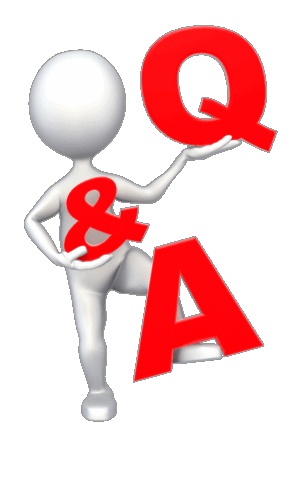Section outline
-


-


Many real-world phenomena involve changing quantities—the speed of a rocket, the inflation of the currency, the number of bacteria in a culture, the shock intensity of an earthquake, the voltage of an electrical signal, and so forth. In this chapter, we will develop the concept of a “derivative,” which is the mathematical tool for studying the rate at which one quantity changes relative to another. The study of rates of change is closely related to the geometric concept of a tangent line to a curve, so we will also be discussing the general definition of a tangent line and methods for finding its slope and equation.

- Rules of differentiation
- Derivatives of Elementary Functions
- Sum and Difference Rules
- Higher-Order Derivatives
- The Product and Quotient Rules
- Logarithmic Differentiation
- Parametric Equation
- Successive derivative
- Leibnitz’s Theorem

Taking class using the PPT slide and provide the PDF file of this lecture. Also, provide the relevant video tutorial of this topic. Try to engage the students to give some tasks in a group or individual. At the end of the class must have a question & answer session.

- Find the derivative using the constant rule, the power rule, the constant multiple rules, and sum and difference rules, quotient rule, and chain rule
- Find the velocity, speed, and acceleration of an object that is moving in a straight line
- Find the slope of a curve by the differential coefficient
- Find the marginal revenue, marginal cost, and marginal profit for a product
- Identify the shape of a graph of a function by using the slope of the tangent to the curve.
- Find out the rate at which production cost changes with the quantity of a product
- Take the decision of minimization of cost and maximization of profit of a manufacturing company using a derivative.

Questioning-answering, the group or individual classwork, assigning home tasks related to class content.

- Lecture Note (PDF)on This Topic.
- PowerPoint Slide on This Lecture.
- Video Tutorial on This Topic.
- Q & A Forum
- Adaptive or Self Learning Activity.
-

Lecture 8
(14.02.21)
Lecture 9
(23.02.21)
Lecture 10
(28.02.21)
Lecture 11
(04.03.21)
Lecture 12
(07.03.21)
Lecture 13 (09.03.21)
Click Here
Click Here
Click Here
Click Here
Click Here
Click Here
-

Dear Students,
In this section, you can share your opinion or problem with this topic. Also, for how much you have learned about this topic, I will provide some questions and you will give your feedback.
-
************** Test Your Learning ***************
Dear Students, From here you can test your learning regarding this chapter.
-
